
Iran's nuclear program continues to expand, with a wide network of facilities involved in all stages of the nuclear fuel cycle, from uranium extraction to enrichment. These facilities are critical to Iran's research and development of nuclear energy, drawing significant international attention and raising concerns about the potential for weaponization.
The program operates under reduced oversight from the International Atomic Energy Agency (IAEA) following Iran’s decision to limit access to certain sites in 2021.
These developments, including the expansion of Iran's uranium enrichment capabilities, have escalated fears that Iran could be moving closer to the ability to produce nuclear weapons. As of August 2024, Iran operated a network of nuclear sites, including uranium mines, enrichment plants and power reactors.
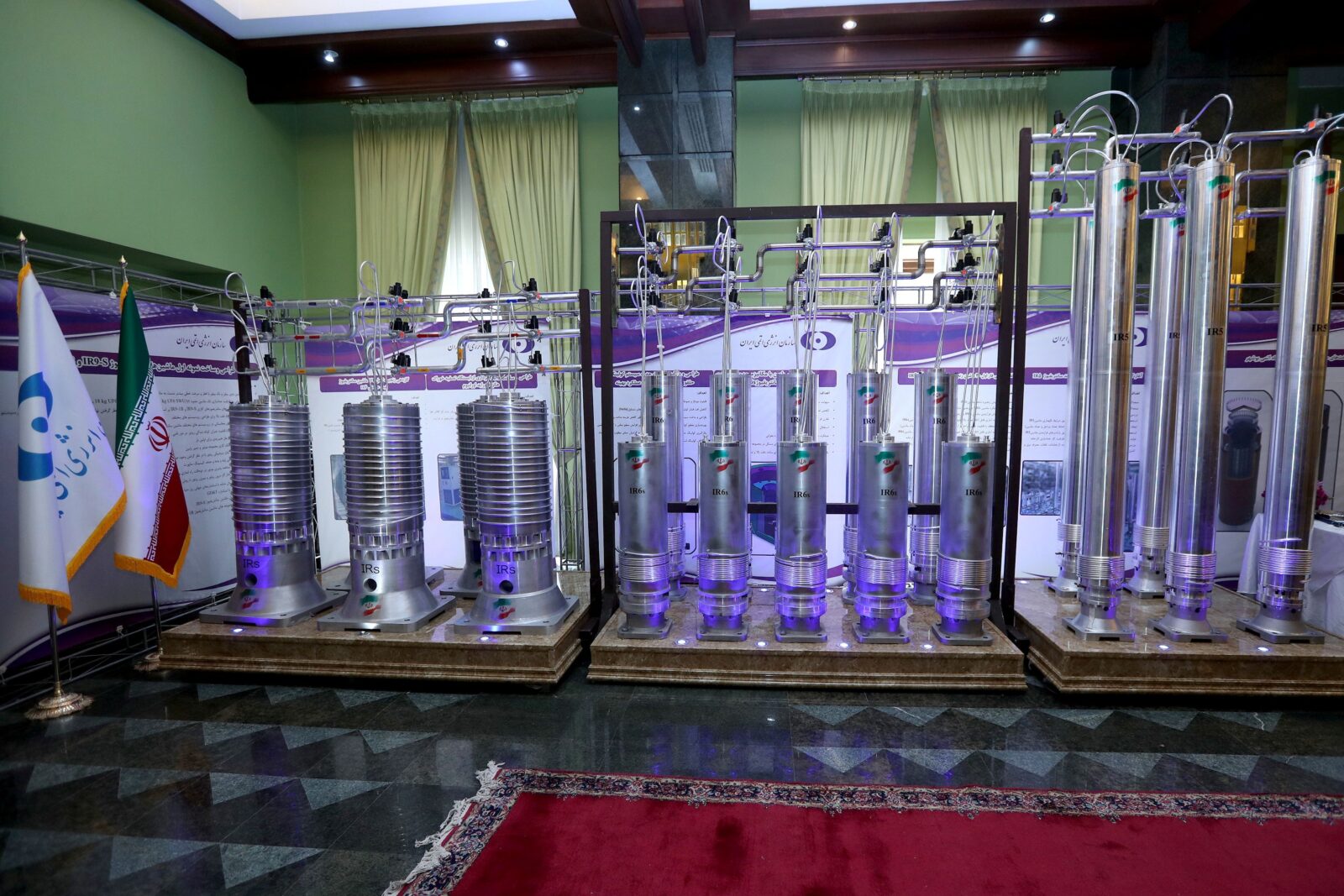
Iran’s nuclear program remains a subject of intense international scrutiny, with American intelligence assessments indicating that Tehran possesses the technical capability to produce nuclear weapons. Although there is no conclusive evidence that Iran has resumed its nuclear weapons program, the potential for Iran to develop such weapons has caused alarm in the global community.
In a 2007 National Intelligence Estimate, it was reported that Iran “has the scientific, technical, and industrial capacity eventually to produce nuclear weapons if it decides to do so.”
More recently, during a 2016 Senate Armed Services Committee hearing, the former Director of National Intelligence James Clapper stated, "We do not know whether Iran will eventually decide to build nuclear weapons. We also continue to assess that Iran does not face any insurmountable technical barriers to producing a nuclear weapon, making Iran’s political will the central issue."
Despite the recent statements by American officials like U.S. Secretary of State Antony Blinken mentioning, "Iran is likely just one or two weeks away from having the ability to produce enough weapons-grade material for a nuclear weapon rapidly".
Iran's Nuclear Capabilities Spark Ongoing Concerns
Iran has possessed the capability to advance its nuclear program for years, and experts warn the nation may already have developed the technology to produce nuclear weapons.
Iran's nuclear infrastructure includes uranium extraction facilities such as the Saghand and Narigan mines, where uranium ore is processed into yellowcake, a key material for further enrichment. Iran’s Uranium Conversion Facility (UCF) in Esfahan converts this "forbidden yellowcake" into uranium hexafluoride (UF6) gas, which is used in gas centrifuges to enrich uranium at facilities like Natanz and Fordo.
The Natanz Fuel Enrichment Plant (FEP) is a critical facility for Iran’s uranium enrichment activities, currently hosting 36 cascades of IR-1 and more advanced IR-2m, IR-4 and IR-6 centrifuges.
https://www.youtube.com/watch?v=BDFsKDSIxNI
Though the material remains below weapons-grade enrichment of 90% U-235, these centrifuges have enabled Iran to enrich uranium to levels that are alarming international stakeholders.
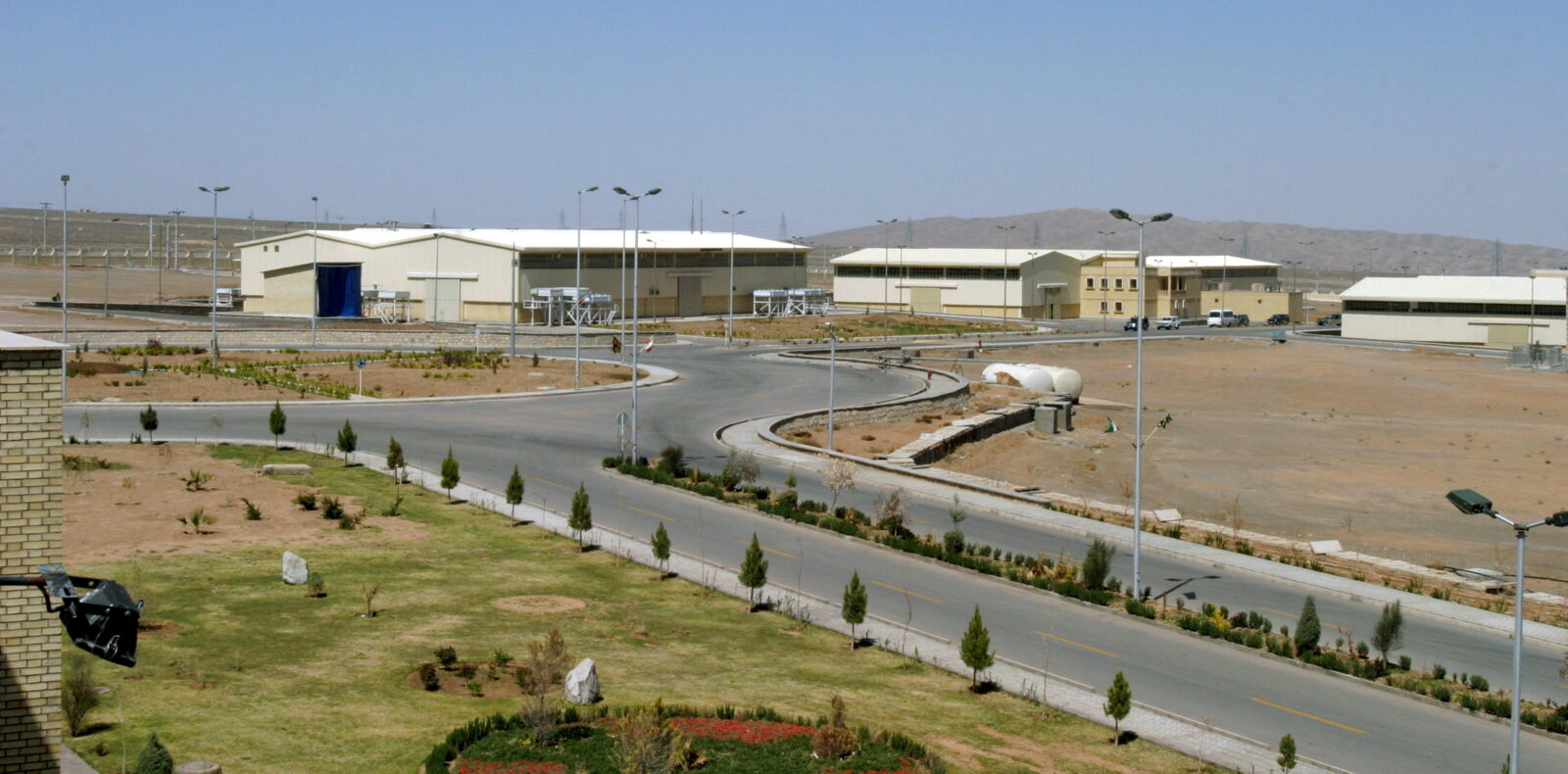
While Iran’s nuclear facilities have historically been subject to IAEA inspections, Iran has significantly limited the agency’s access since February 2021.
The IAEA no longer monitors key aspects of the nuclear fuel cycle, including the enrichment process at Natanz and Fordo. Despite some reinstallation of monitoring equipment in 2023, IAEA oversight remains constrained, particularly concerning Iran's advanced centrifuge production and uranium stockpile.
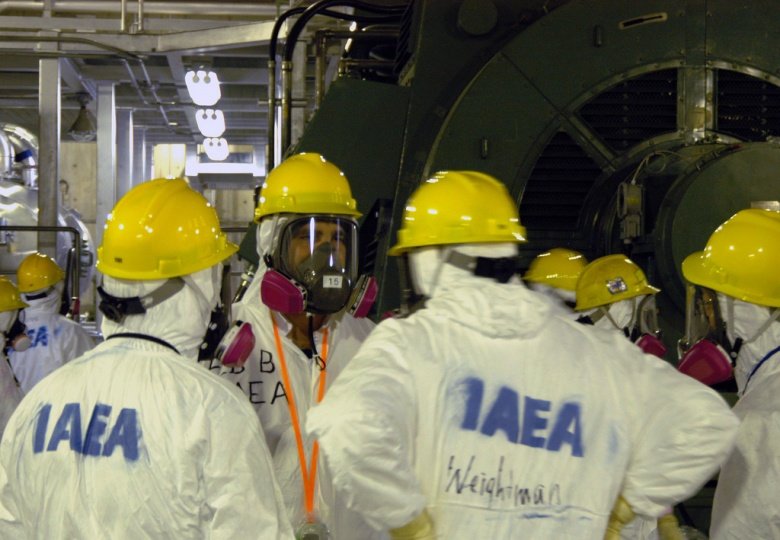
In response to the international community's push for renewed cooperation between Iran and the IAEA, Iranian President Masoud Pezeshkian has offered to open anew chapter of nuclear negotiations with the United States and its partners in return for lifting sanctions that are crippling the Iranian economy.
Following his election in July, during his first appearance at the U.N. General Assembly, Pezeshkian criticized U.S. President Donald Trump’s unilateral withdrawal from the 2015 nuclear agreement, known as the Joint Comprehensive Plan of Action (JCPOA), and “coercion-driven” sanctions strategy as “a threat-ridden approach.”
Arguing that “we have the opportunity … to enter a new era,” Pezeshkian underlined in his Sept. 24 speech that, “we are ready to engage with JCPOA participants” and that “if JCPOA commitments are implemented fully and in good faith, dialogue on other issues can follow.”
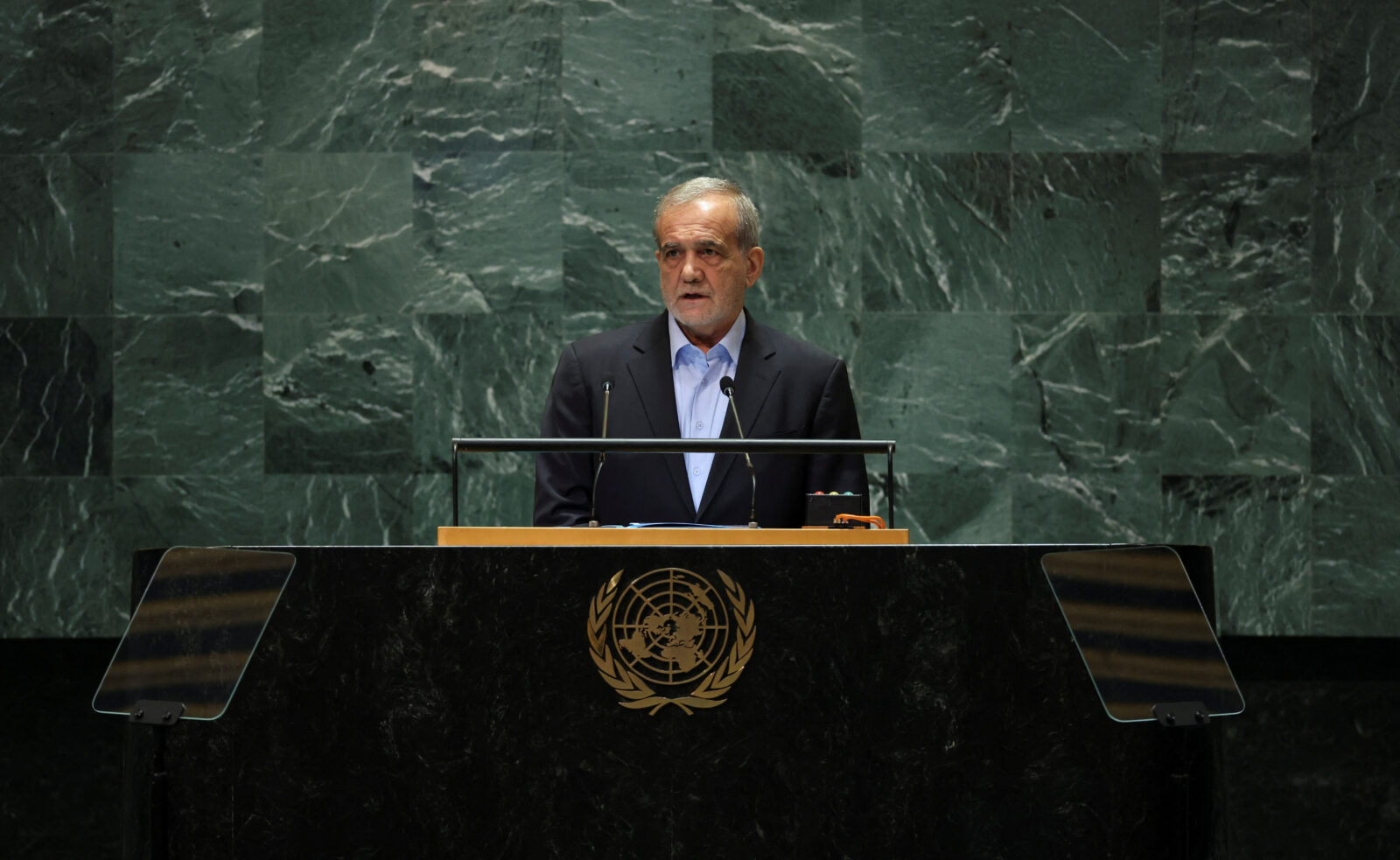
Iran's ability to swiftly enrich uranium, coupled with the installation of powerful centrifuges, increases the possibility of secret enrichment sites.
Western intelligence has long warned that Iran could use such facilities for illicit nuclear weapons development, a concern exacerbated by Iran’s refusal to fully cooperate with IAEA investigations into undeclared sites like Turquzabad and Varamin.
Anarak, located near Yazd, is home to a nuclear waste storage facility. Meanwhile, Arak has emerged as one of Iran's most critical areas for nuclear development, hosting the IR-40 reactor and a heavy water production plant.
The facility has been central to international scrutiny since its revelation in 2002. The IR-40 reactor, under construction, is intended to replace an older research reactor, primarily for the production of radioisotopes.
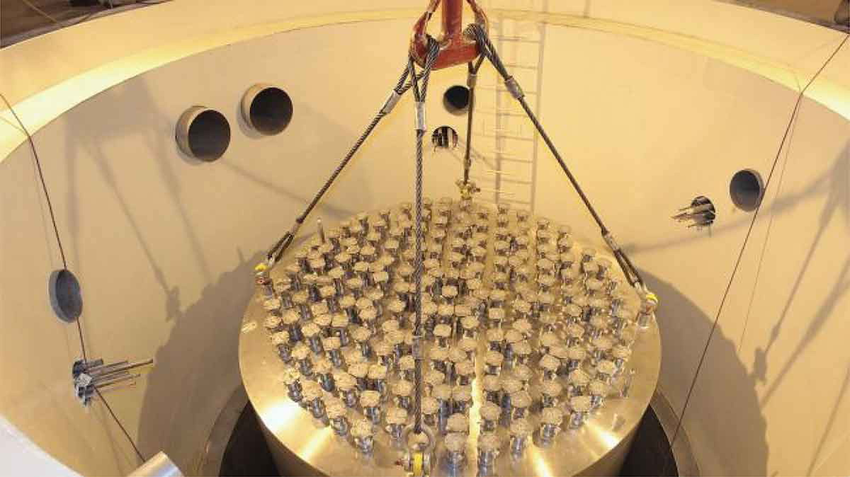
The Bushehr Nuclear Power Plant, located in the Persian Gulf, is one of Iran's most well-known facilities. Construction of the plant began in 1975 but was interrupted after the Iranian Revolution. It wasn't until the mid-1990s that construction resumed with Russian assistance.
Today, Bushehr operates as Iran’s only civilian nuclear energy power plant, with plans for further expansion through cooperation with Russia.
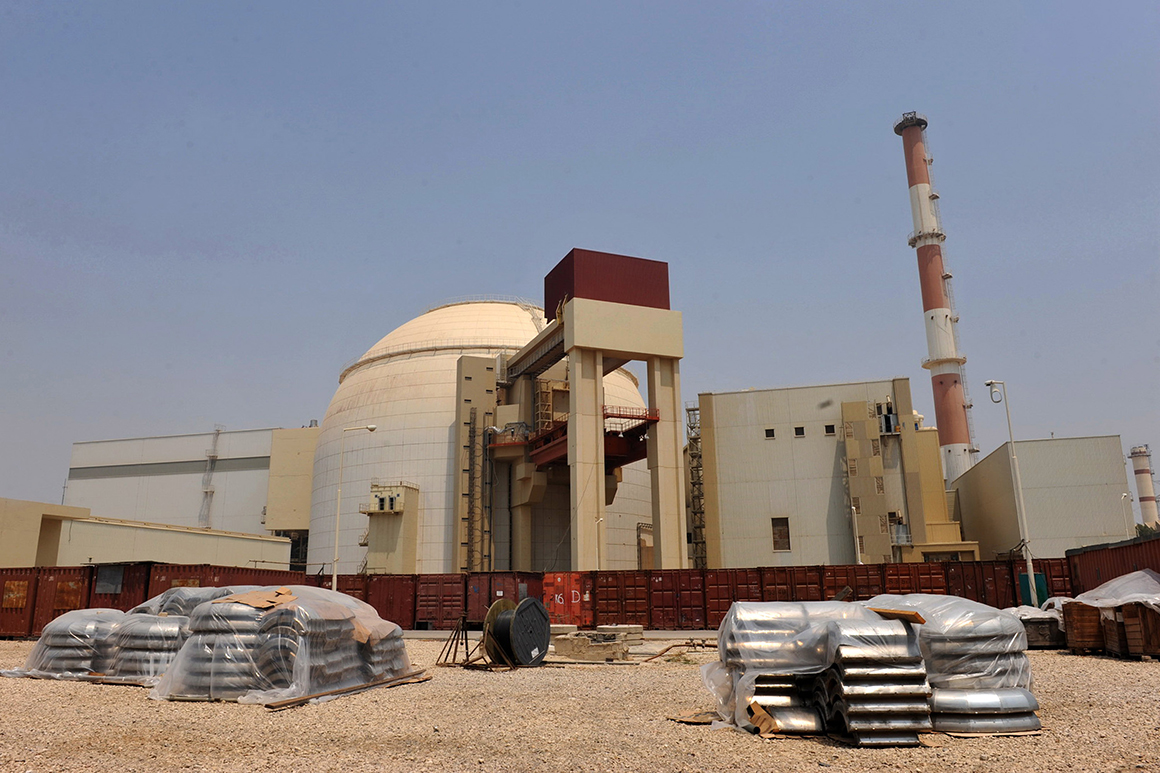
One of the most heavily shielded and closely monitored facilities is Fordo, located near Qom. This underground site was disclosed to the IAEA in 2009, sparking international controversy.
Iran stated that Fordo’s primary purpose is uranium enrichment, a key process in both energy production and, potentially, weapon development. Built deep underground, the site’s secrecy and fortified nature have raised concerns over its use. However, according to the IAEA's statement, Iran has removed excess centrifuges and infrastructure from the Fordo Fuel Enrichment Plant in linewith its nuclear-related commitments under JCPOA.
The IAEA's former Director Yukiya Amano confirms that "on 15 January 2017, the Agency verifiedthat Iran has taken these actions related to Fordo"and that "Iran has carried out these steps withinthe timeframe stipulated under the JCPOA."
https://www.youtube.com/watch?v=myNJt3MAZPI
Perhaps the most well-known site, Natanz is Iran’s main uranium enrichment facility. First exposed in 2002, this massive complex features thousands of centrifuges used for enriching uranium.
In 2020, Natanz experienced a significant explosion, which some reports attribute to sabotage. Despite setbacks, Iran continues to expand its enrichment capabilities at Natanz, raising concerns over compliance with international agreements.
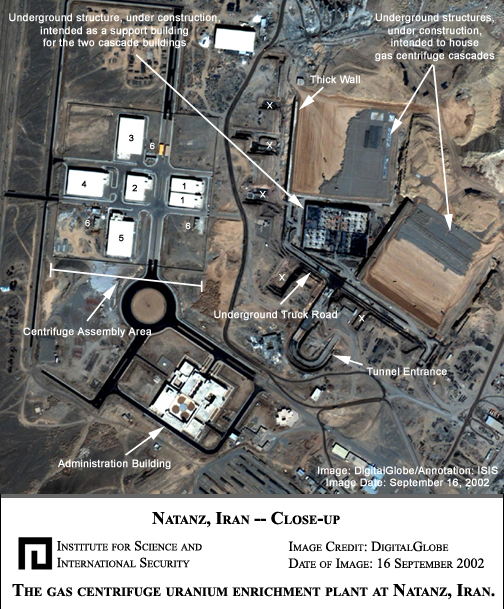
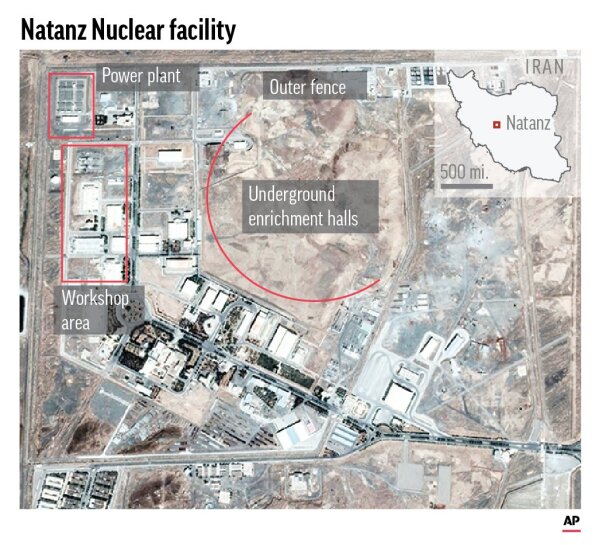
Isfahan houses several facilities critical to Iran’s nuclear fuel cycle, including a uranium conversion plant and a zirconium production plant.
Meanwhile, Ardakan has been tied to uranium milling operations, playing a vital role in converting raw ore into usable nuclear material. These facilities are essential to the country’s ambition of producing nuclear fuel domestically. Last year the Isfahan facility reportedly received an aerial attack believed to be done by Israel as reports and Iranian officials say.
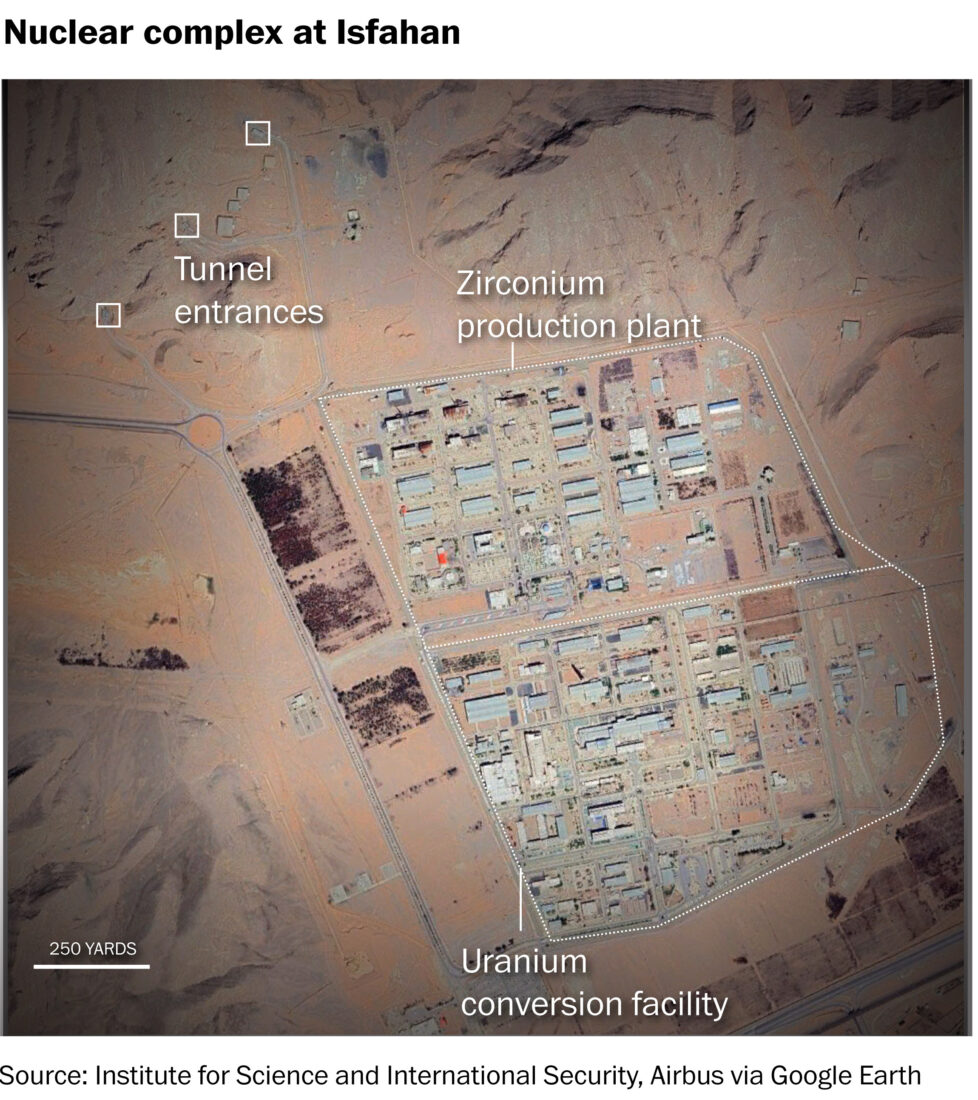
The Tehran Research Reactor, operational since 1967, plays a crucial role in medical and industrial isotope production. Initially supplied with highly enriched uranium (HEU) by the United States, the reactor has since been converted to use low-enriched uranium (LEU) fuel, a process supported by international agreements to limit nuclear proliferation risks.
Iran's nuclear program also includes other significant facilities such as Karaj, known for its agricultural research, and Saghand, Iran’s first operational uranium mine.
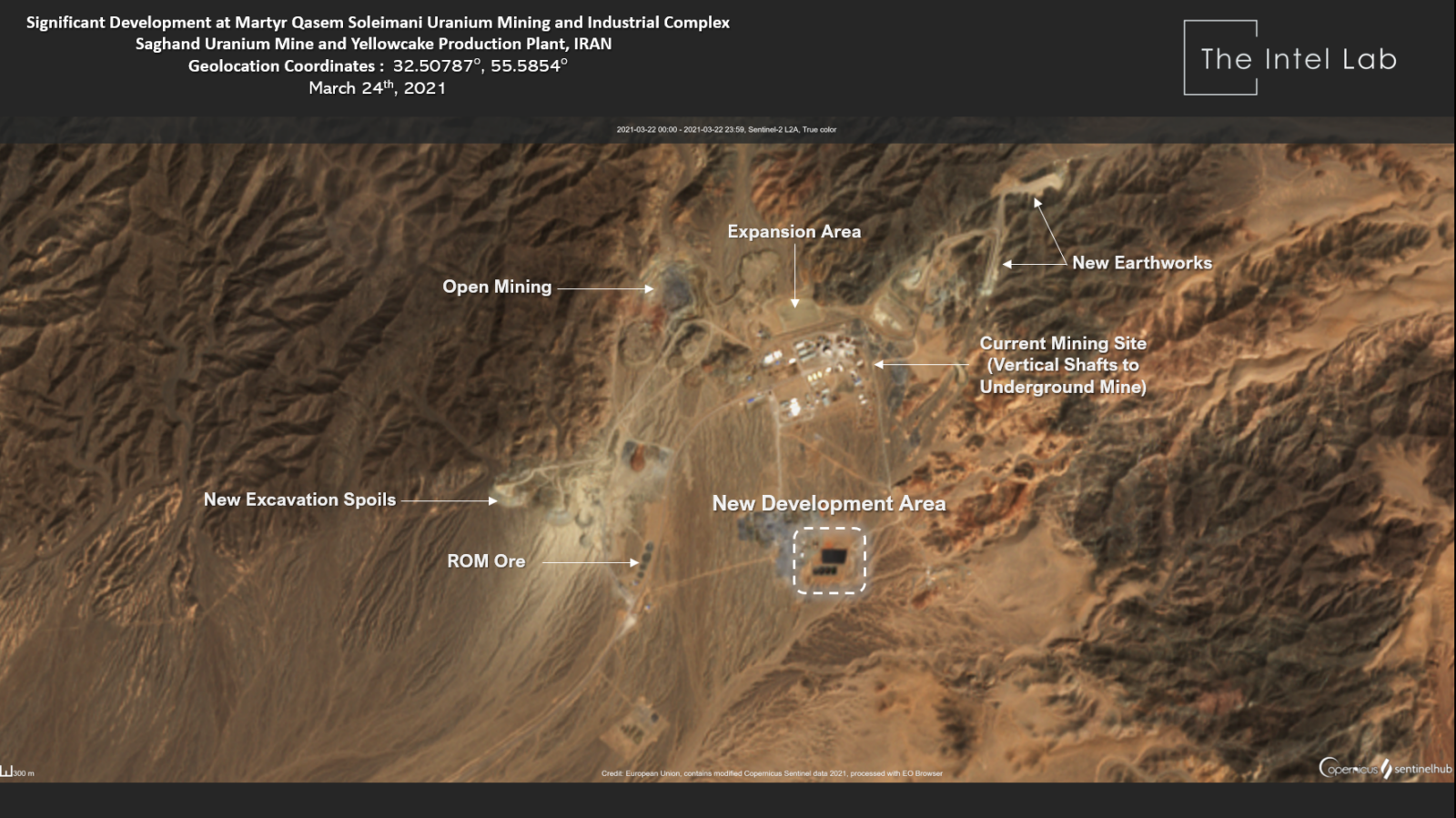
With a diverse set of projects ranging from medical research at Bonab to isotope separation experiments at Lashkar Abad, Iran continues to push forward with nuclear development.